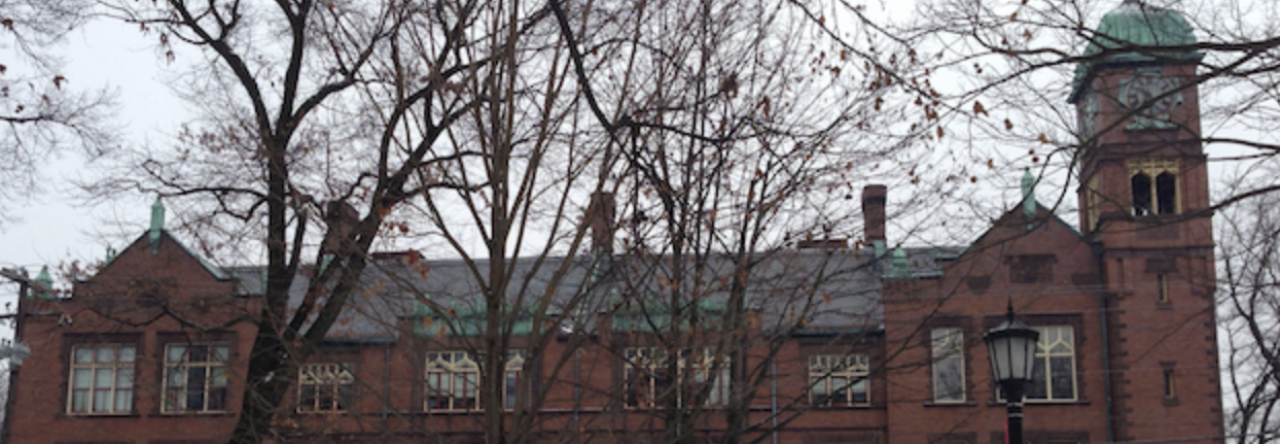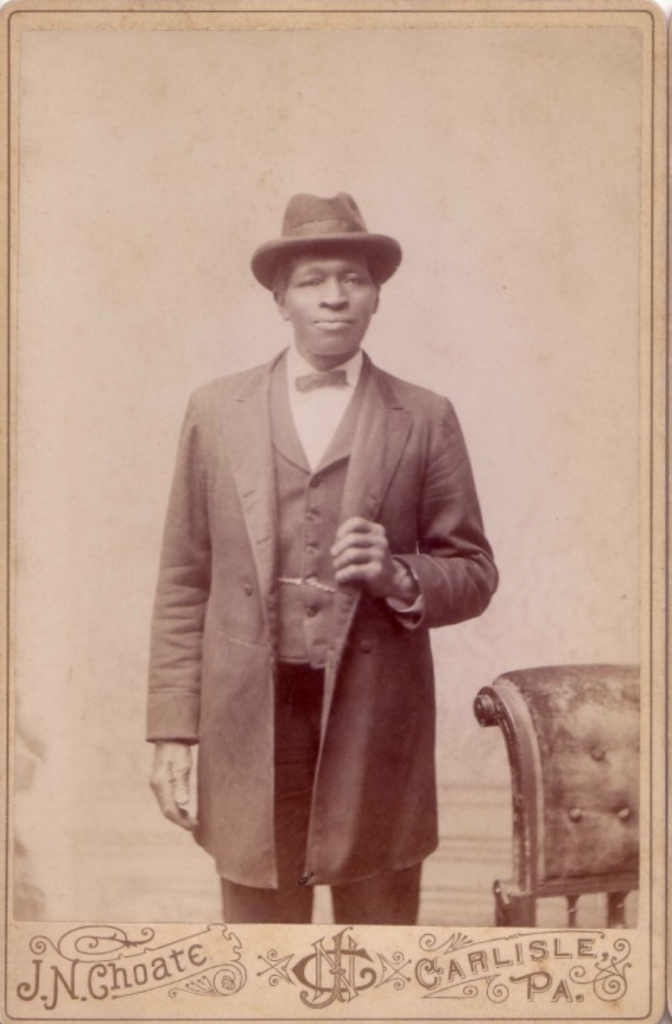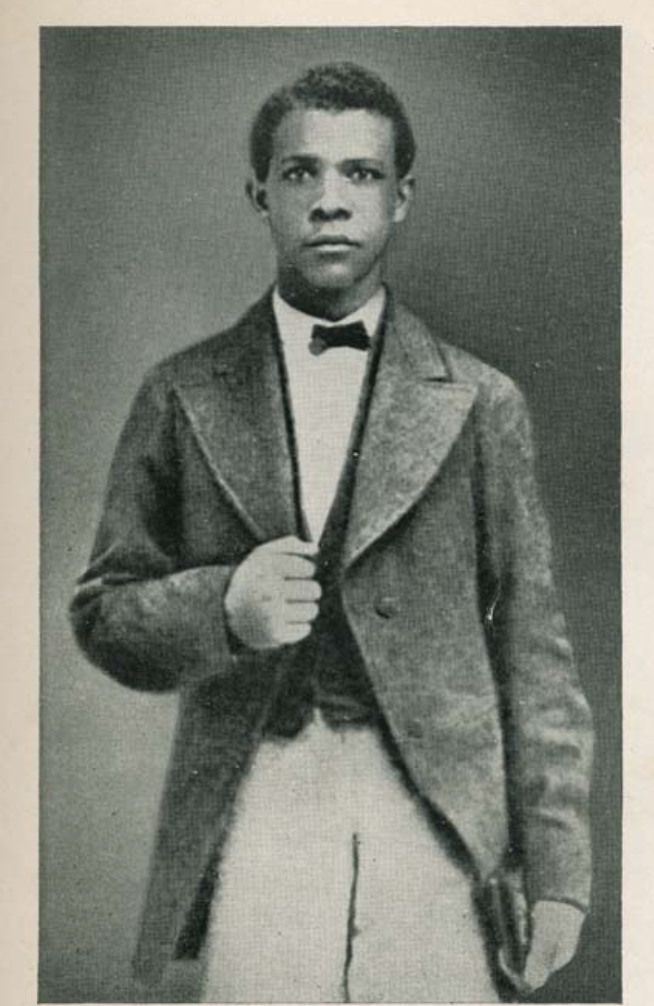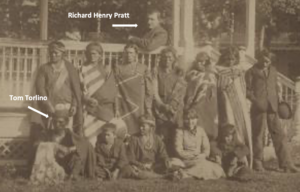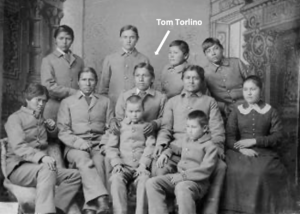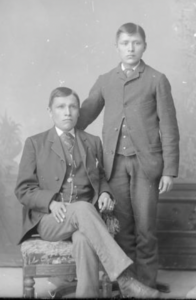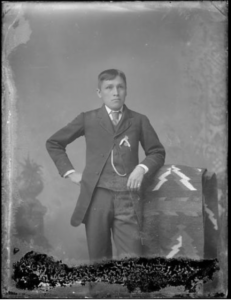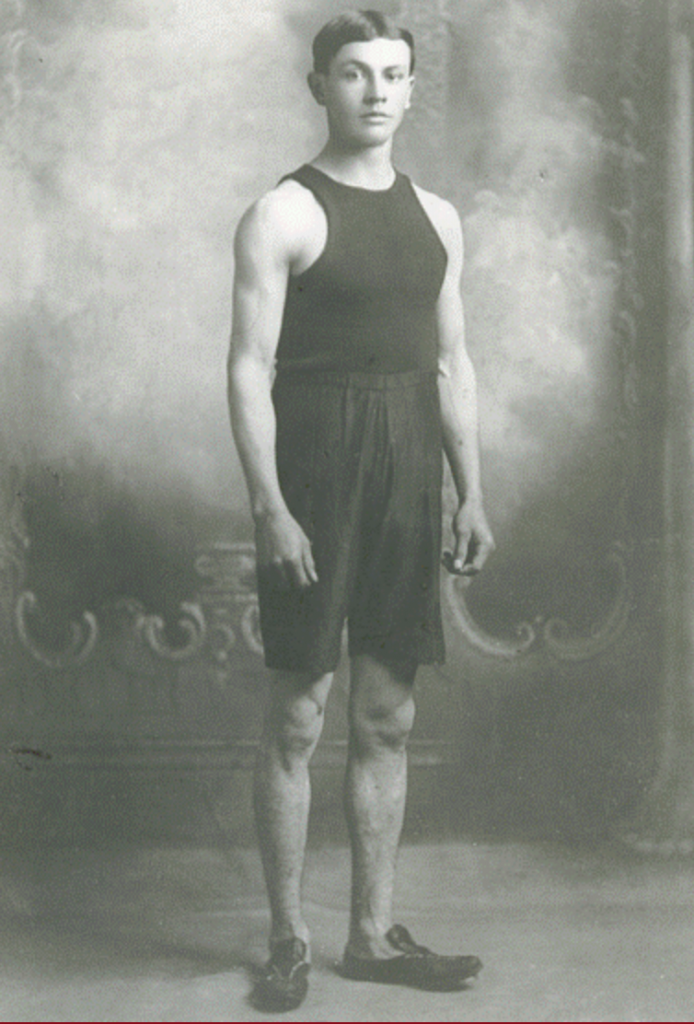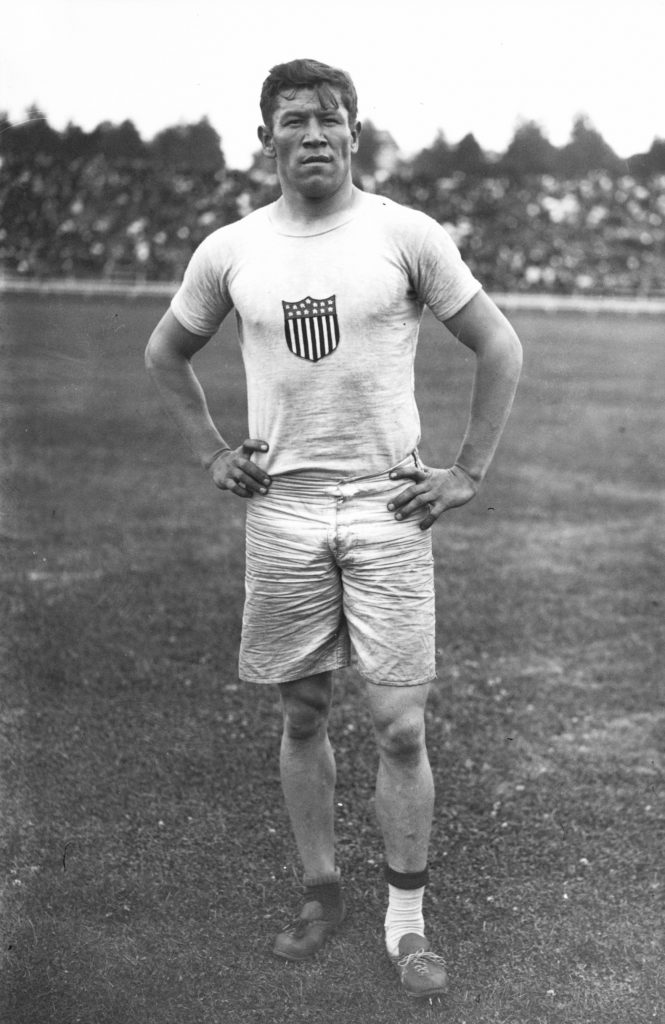How should textbooks acknowledge the struggles of American Indians?
American Yawp, Chapter 17: The West
- I. Introduction
- II. Post-Civil War Westward Migration
- III. The Indian Wars and Federal Peace Policies
- IV. Beyond the Plains
- V. Western Economic Expansion: Railroads and Cattle
- VI. The Allotment Era and Resistance in the Native West
- VII. Rodeos, Wild West Shows, and the Mythic American West
- VIII. The West as History: the Turner Thesis
- IX. Primary Sources
- X. Reference Material
Image Gateway
To find out what happened to Tom Torlino and his descendants, read this 2013 article from the Navajo Times
The same man who photographed Tom Torlino in Carlisle (John N. Choate) also took this photograph on the left of ex-slave Henry W. Spradley
- Henry W. Spradley, late 1870s
- Booker T. Washington, late 1870s
Would Spradley have written his life story as “Up From Slavery” as Booker T. Washington did?
- Col. Pratt with Navajos (1882)
- Navajo students (1883)
- Torlino and Watchman (1885)
- Tom Torlino (1886)
The historical documents below concern the fate of Tom Torlino. What do they reveal about his relationship with the Carlisle Indian School? How do they support or challenge some of his family’s oral traditions about Hastiin To’Haali as described in the Navajo Times article (above) from 2013?
Richard Henry Pratt to John Oberly, January 4, 1886
Tom Torlino and family in the 1910 US Census
The decade of the 1880s marked what was later known as the “closing of the frontier” in American history –a period when homestead settlements and railroad lines across what had been considered the “Great American Desert” changed the landscape and culture of the western plains in what appeared at the time to be almost irrevocable ways. For many white Americans of this era, this change was a triumph for civilization, a sign of “American Progress,” as the painter John Gast indicated in his famous allegorical image from 1872, but for others, not only Indians, but also for many former slaves and reformers, it was a time of hypocrisy and diminished expectations. Nothing better captures this dichotomy than the experiment in Indian vocational education that Washington described, which had begun at Hampton, but which then continued during the 1880s and 1890s most famously at the Carlisle Indian School headed by U.S. army officer Richard Henry Pratt. Faculty, staff and students at Dickinson College are currently working to bring together many of the documents and images of the Carlisle Indian School, which existed until World War I, at a new digital resource center.
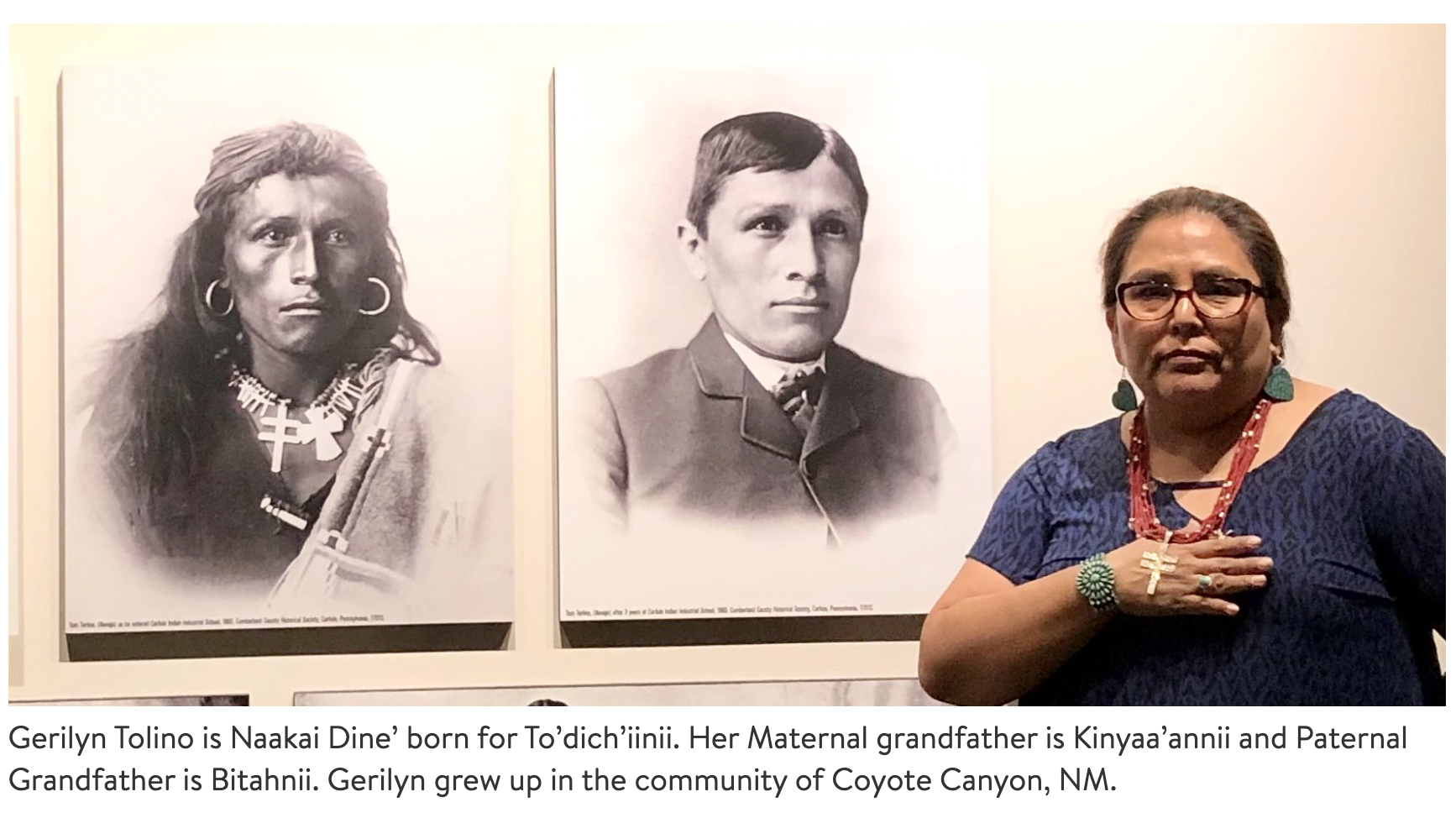
Gerilyn Tolino is now a board member of the Center for the Futures of Native Peoples at Dickinson College
Selected Migrations Toward The West
- Gold [and Silver] Rushers (California, Colorado, South Dakota, etc.)
- Homesteaders (1862-1976 & then until 1986 in Alaska)
- Mormons (1840s to 1860s, with Utah statehood in 1896)
- Cowboys (about 25,000 with about one quarter black)
- Chinese immigrants (200,000+ by 1880s)
- [Mexican-Americans] (about 500,000 by 1900)
Key statistic
- 1850 = 9,000 miles of RR tracks across US
- 1900 = 190,000 miles of RR tracks across US
Discussion Question
- How did the migration of people and the expansion of railroads in the post-Civil War American West influence Frederick Jackson Turner’s “frontier thesis” in 1893?
Three Eras of Nineteenth-Century Indian Policy
- Removal (1830s – 1860s)
- Reservation (1850s – 1890s)
- Allotment (1880s – 1930s)
500 Indian Nations with about 250,000 people in the American West by 1900 (shaded area = Plains tribes) Courtesy of American Yawp
Carlisle v. Army (1912)
 Recently rediscovered photograph of 1912 Carlisle v. Army football game, courtesy of Aiden Pinsker
Recently rediscovered photograph of 1912 Carlisle v. Army football game, courtesy of Aiden Pinsker
- Frank Mt. Pleasant, 1908 Olympics and Dickinson College Class of 1910
- Jim Thorpe, 1912 Olympics
For more on Frank Mt. Pleasant, see his profile at the Dickinson Archives
For more information on the Carlisle Indian School, see the Introduction by Jacqueline Fear-Segal and Susan D. Rose from a recent book of essays derived from a conference held at Dickinson College.
Featured Videos
Legacy Debates
- Learn more about the ongoing interpretive debate over “the myth of the vanishing Indian” from this recent New York Times article about Pekka Hamalainen’s new book, Indigenous Continent (2022)
